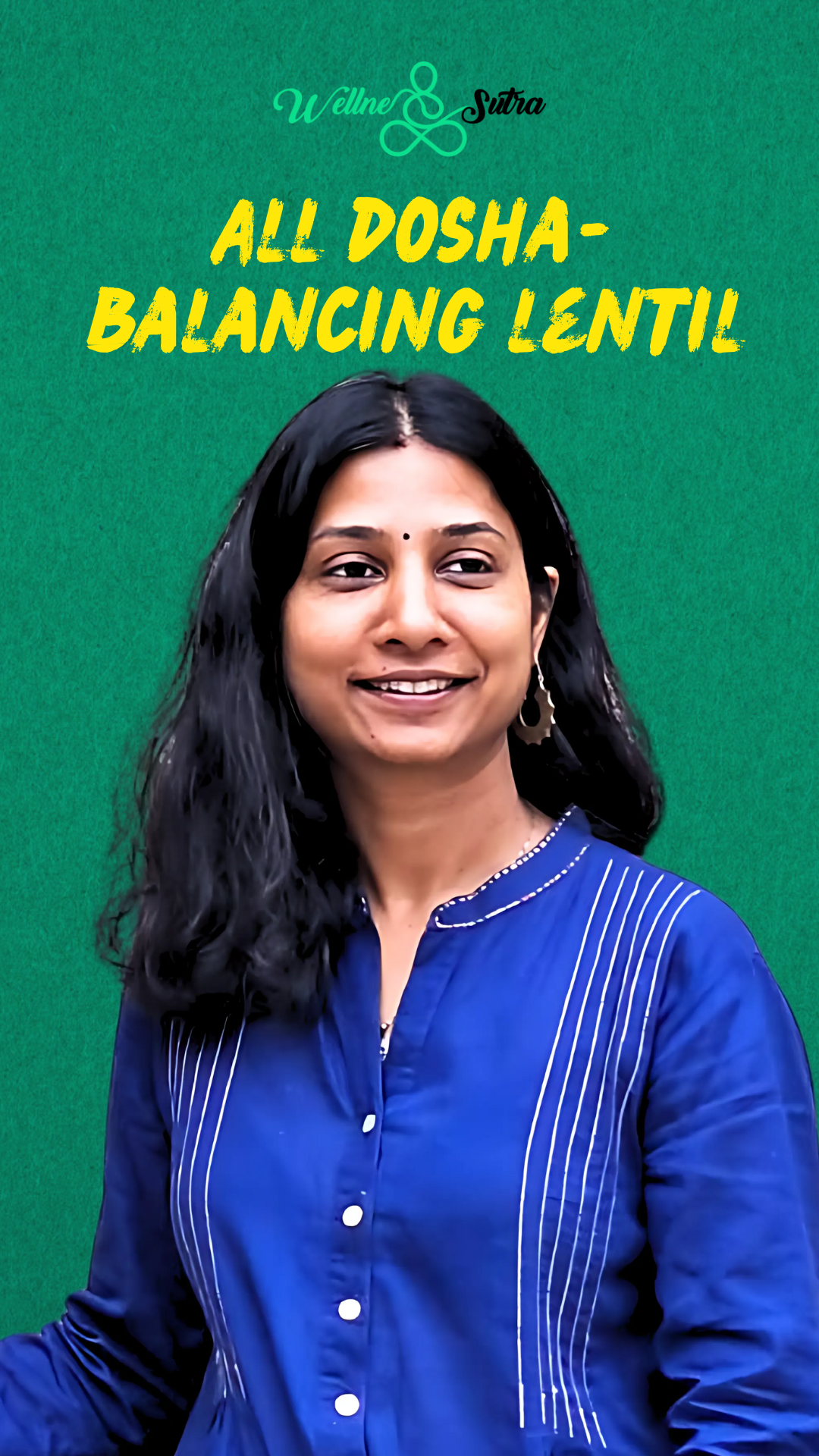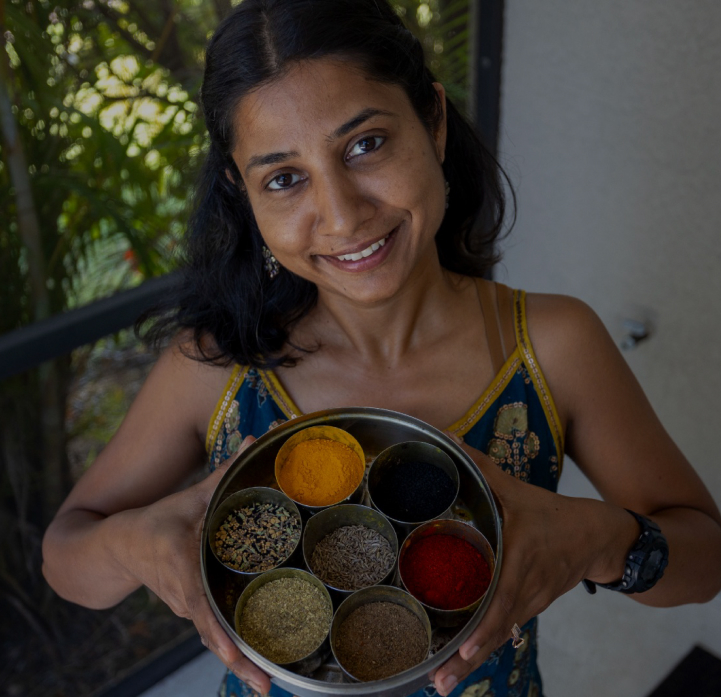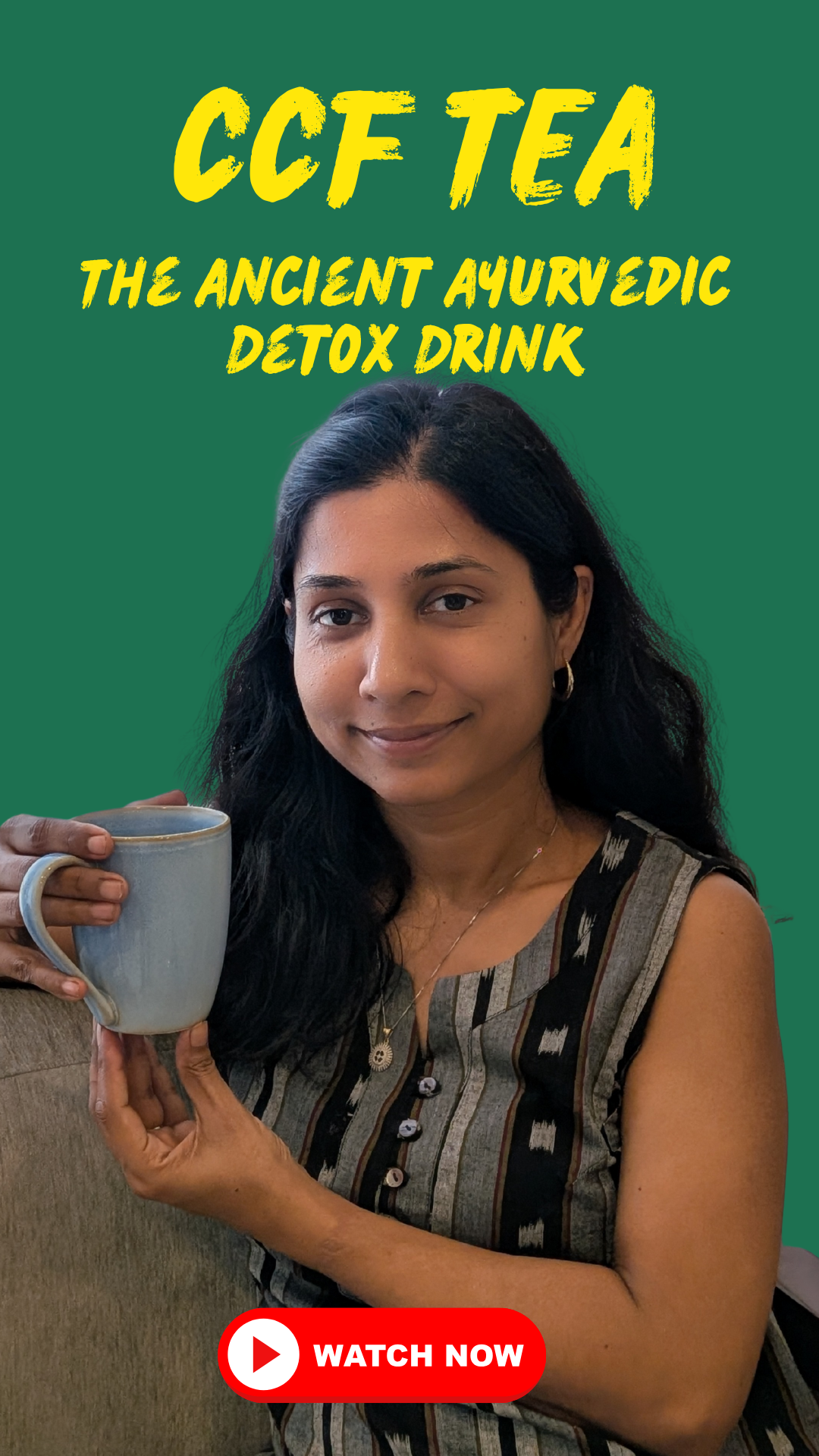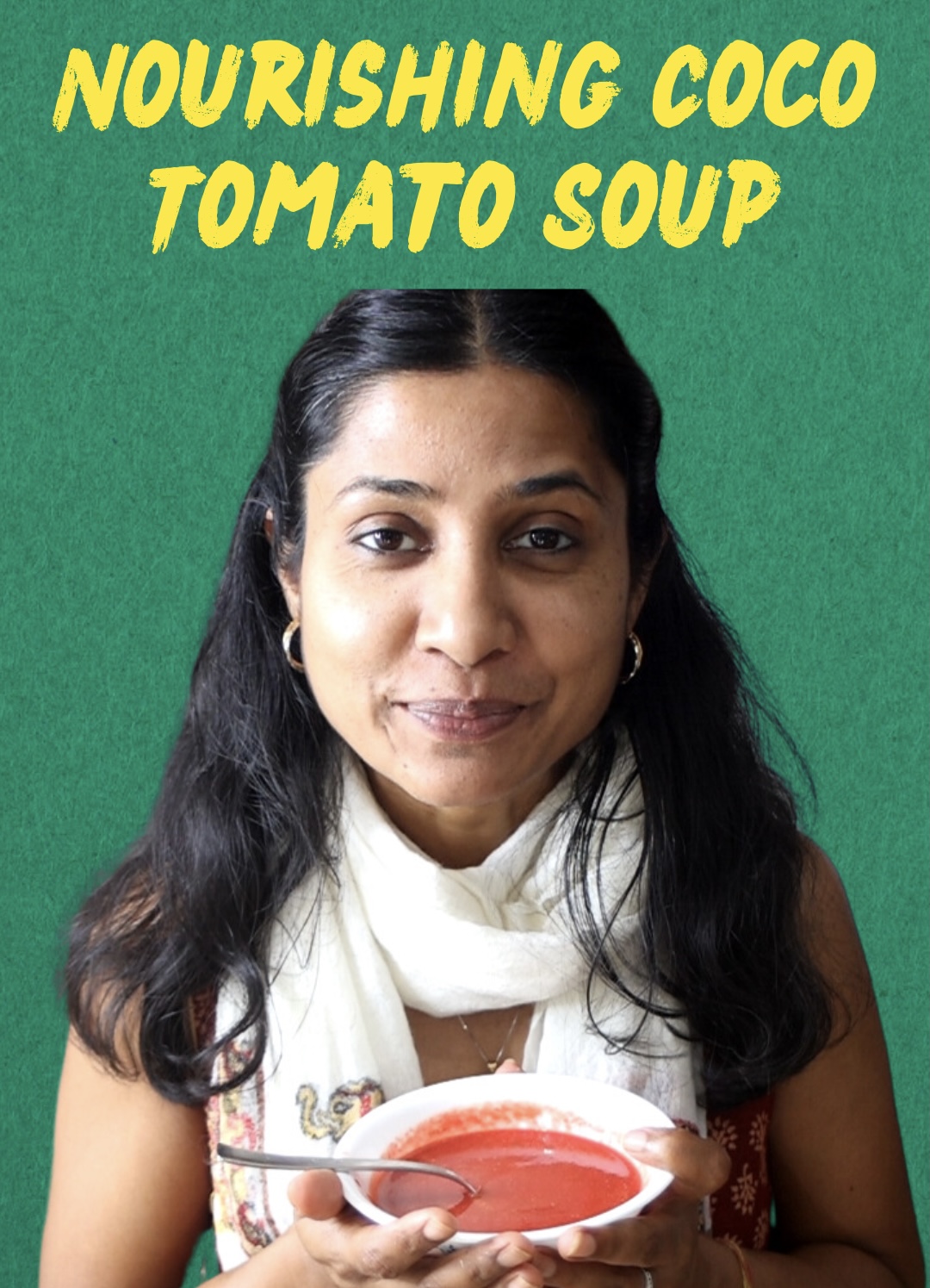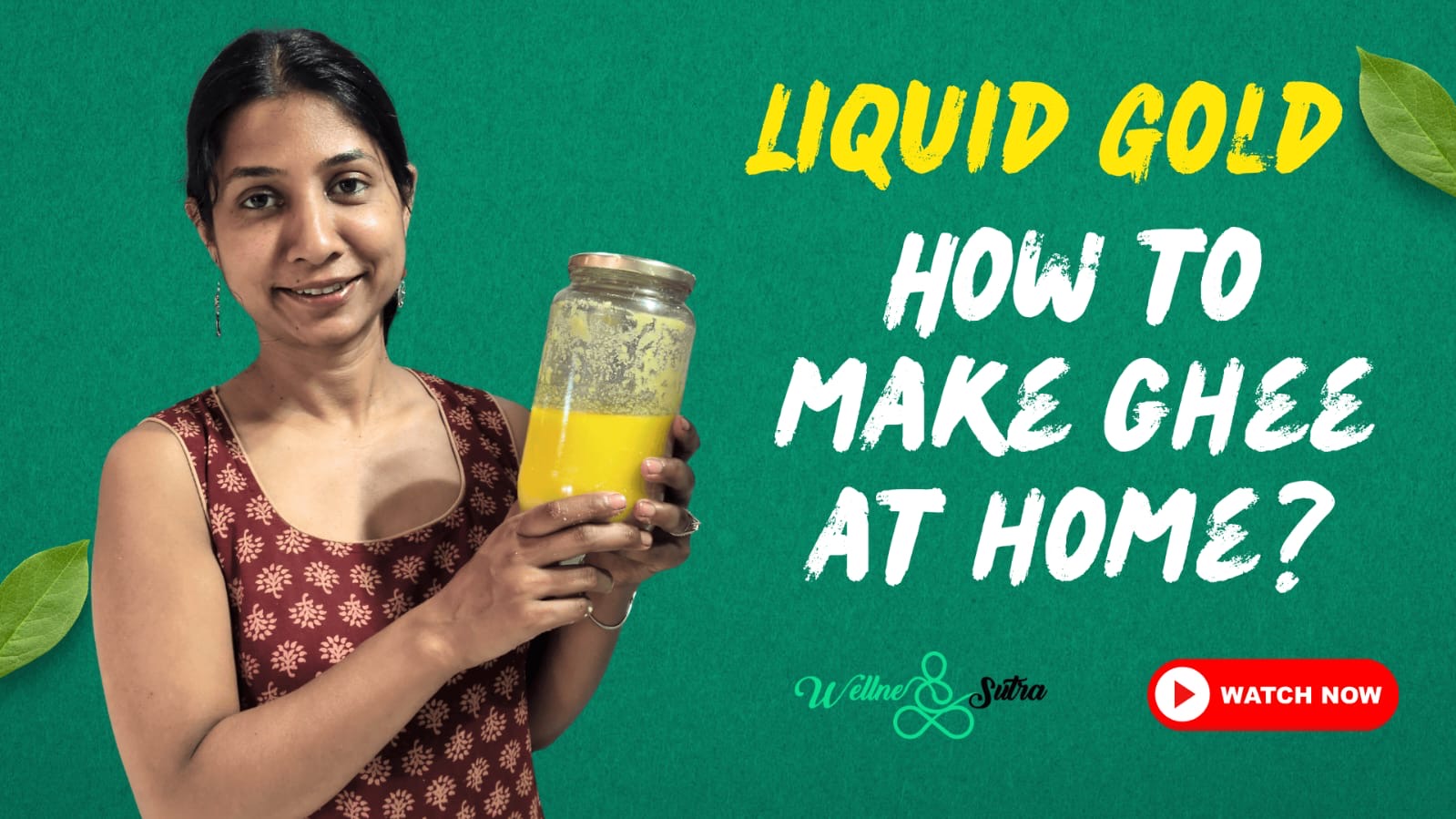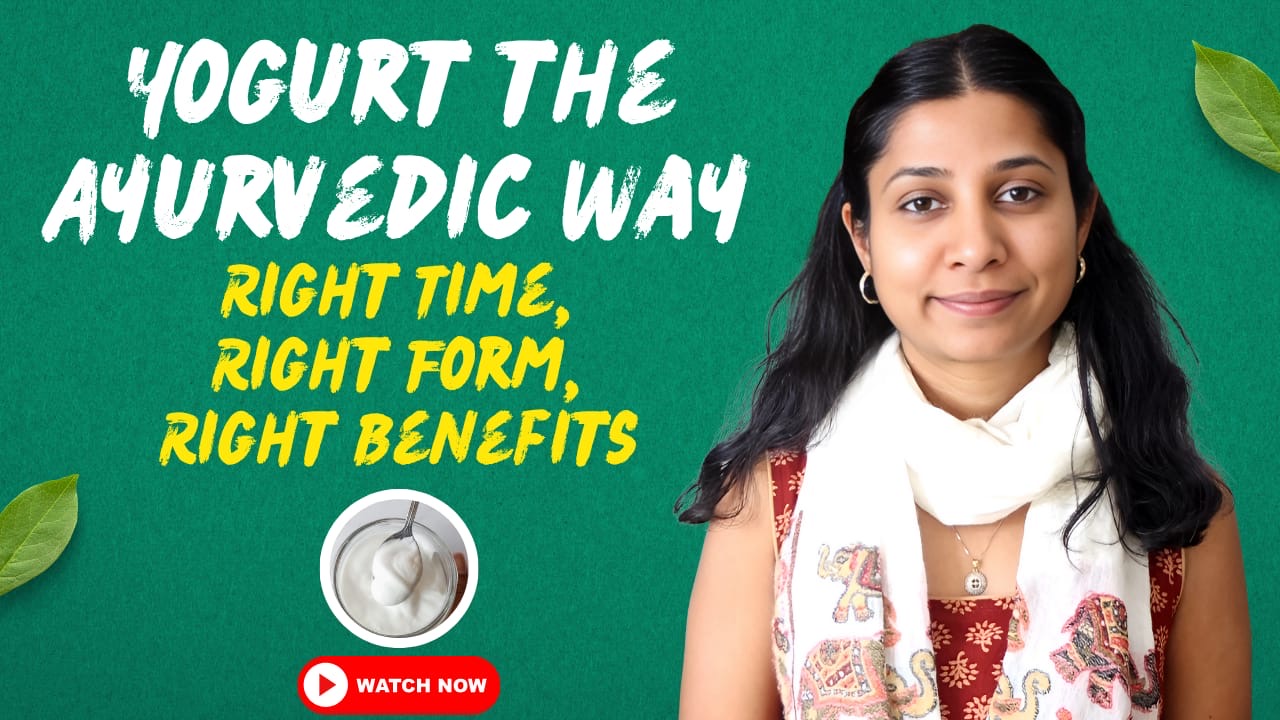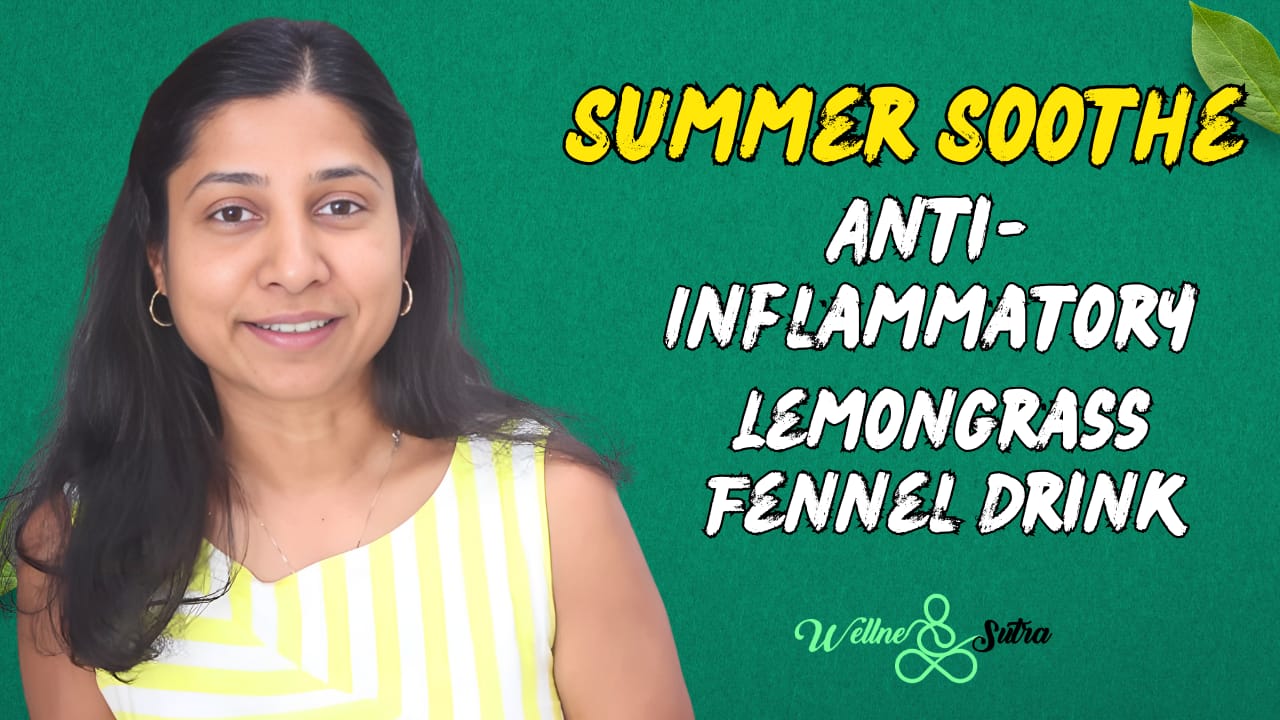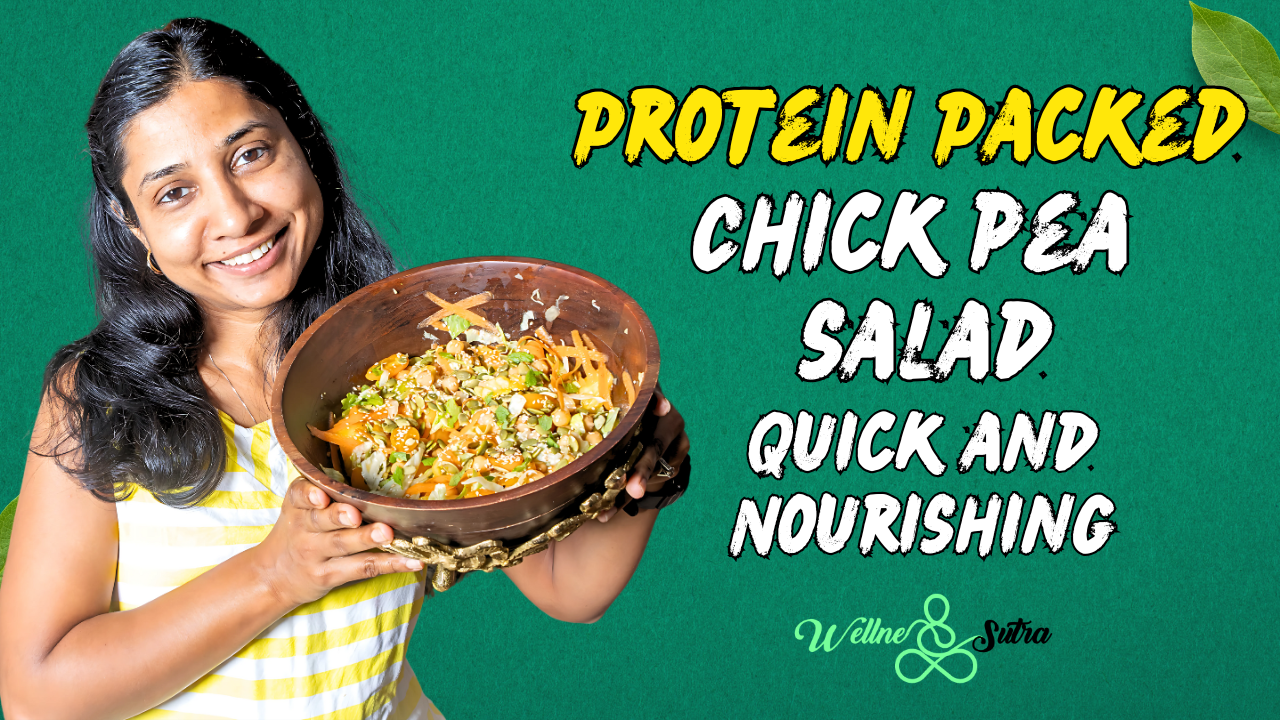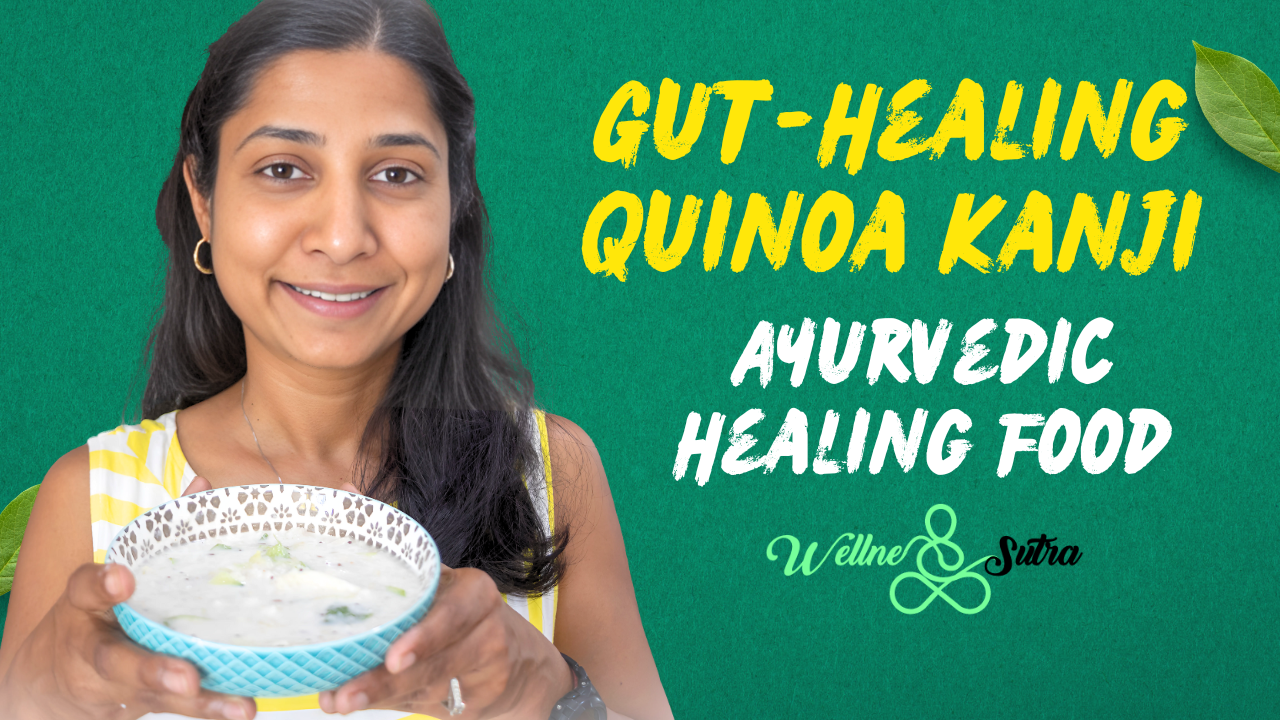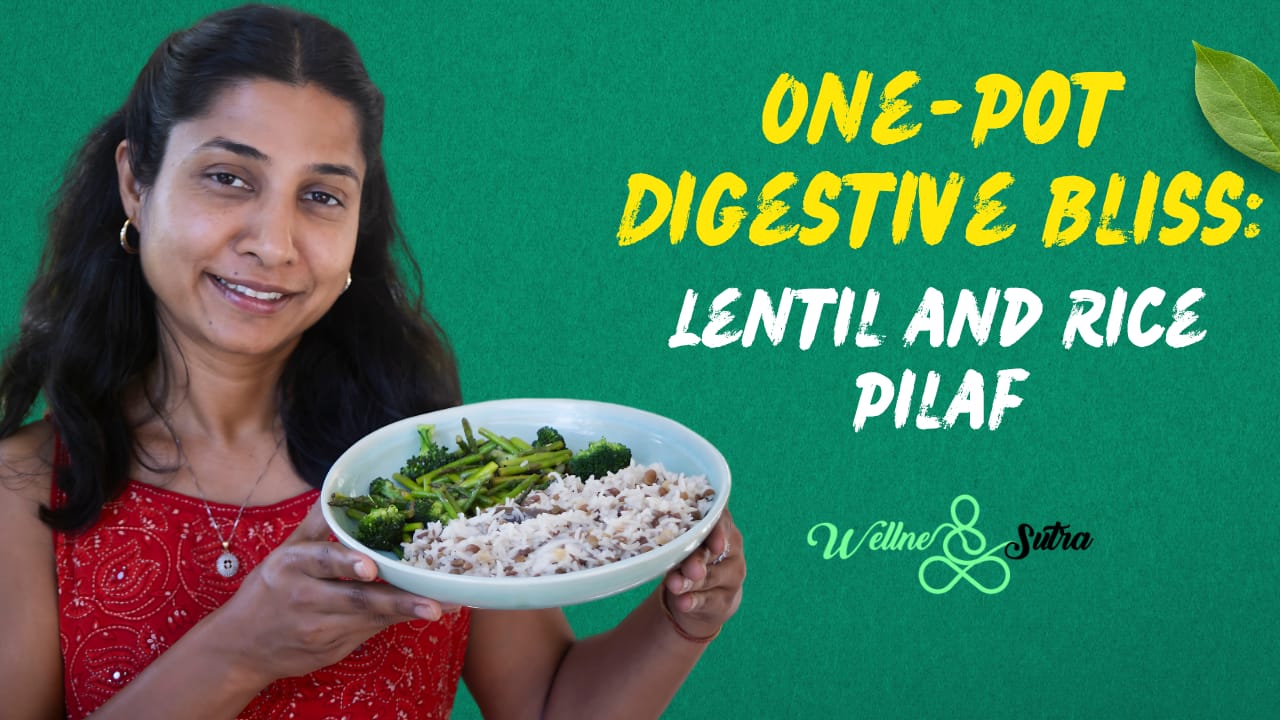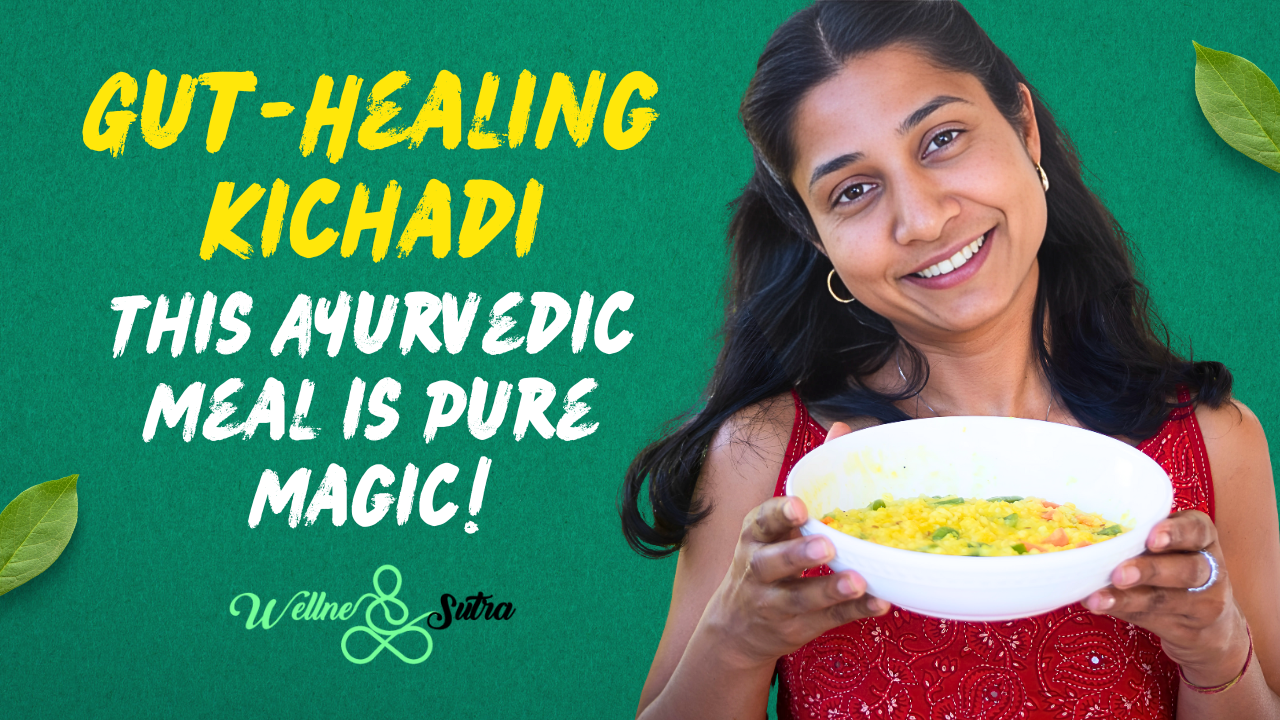For the past 10 years, I’ve committed to an Ayurvedic cleanse twice a year. These seasonal resets have helped me ease digestive troubles, restore energy, and calm inflammation. And through every cleanse, one recipe has guided me through every cleanse: moong dal soup. Light, nourishing, and deeply healing, it remains my most loved food. Today, I would love to share this Ayurvedic classic with you: Moong Dal Soup.
✨ Why Moong Dal?
Moong dal (yellow split lentils without skin) is one of the most recommended foods in Ayurveda. It’s gentle on the stomach, easy to cook, and incredibly nourishing. Here’s why it stands out:
- Easy to Digest – The lightest of all lentils, safe for everyone.
- Balances All Doshas – Vata, Pitta, and Kapha are harmonized.
- Year-Round Nourishment – Can be eaten daily, in every season.
- No Gas or Bloating – Unlike other beans, it won’t upset your stomach.
- Protein-Rich – Perfect for strength without heaviness.
- Elder-Friendly – Ideal for older age due to its digestibility.
This is why moong dal is often called Ayurveda’s superfood lentil.
🌿 Ayurvedic Perspective
Moong dal soup is one of Ayurveda’s most loved recipes — light, protein-rich, and easy to digest.
In my YouTube video, I’ll show you how to make a simple and nourishing Ayurvedic moong dal soup that’s perfect for:
✨ Supporting digestion and gut health
✨ Boosting energy without heaviness
✨ Detox and Ayurvedic cleanses
✨ A light dinner or comfort food anytime
This recipe uses yellow moong dal, gentle spices, and ghee (or coconut oil) to create a wholesome meal that balances all three Doshas.
Try it during seasonal cleanses, recovery, or whenever you want something light yet satisfying.
🥣 Ingredients (Serves 2–3)
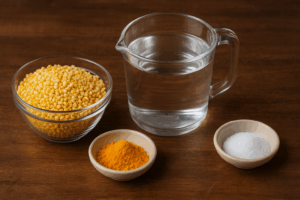
- 1 cup yellow moong dal (skinless, organic if possible)
- 4 cups water
- 1 tsp turmeric powder
- ½ tsp salt (or to taste)
- Optional: black pepper, grated ginger, lemon juice
For tempering (tadka):
- 2 tbsp ghee (clarified butter)
- 1 tsp cumin seeds
- ¼ tsp asafoetida (hing)
👩🍳 Steps
- Soak 1 cup of moong dal for at least 30 minutes (optional but makes digestion even easier).
- Cook: Add soaked dal, 4 cups of water, turmeric, and salt into a pressure cooker (or instant pot/regular pot). Cook until soft (15–20 minutes in pressure cooker).
- Temper: In a small pan, warm ghee on low heat. Add cumin seeds and asafoetida until they sizzle.
- Combine: Pour tempering into the cooked dal, squeeze lemon juice, and stir well.
- Serve: Enjoy as a soup, or pair with steamed rice and sautéed vegetables for a complete meal.
🌿 Ayurvedic Tip
On colder days, add a little ginger or black pepper for warmth. During a cleanse or when you feel heavy, keep it plain and light. This dal soup is often included in Ayurvedic detox programs because it provides nourishment while allowing the digestive system to rest.
🌸 Why You’ll Love It
This simple soup is comfort food with the power to restore and heal. Whether you’re seeking a light dinner, a supportive meal during detox, or a protein-rich option for daily nourishment, moong dal soup is your go-to recipe.
🙏 Thank you for being here. If you’d like to explore deeper Ayurvedic cooking and cleansing practices, check out my 5-Day Ayurvedic Cleanse Program. This soup is one of the staple meals you’ll enjoy there.
✨ Nourish your body, balance your Doshas, and bring harmony to your everyday meals with this timeless Ayurvedic recipe.
With Light and Love,
Sugandha.
